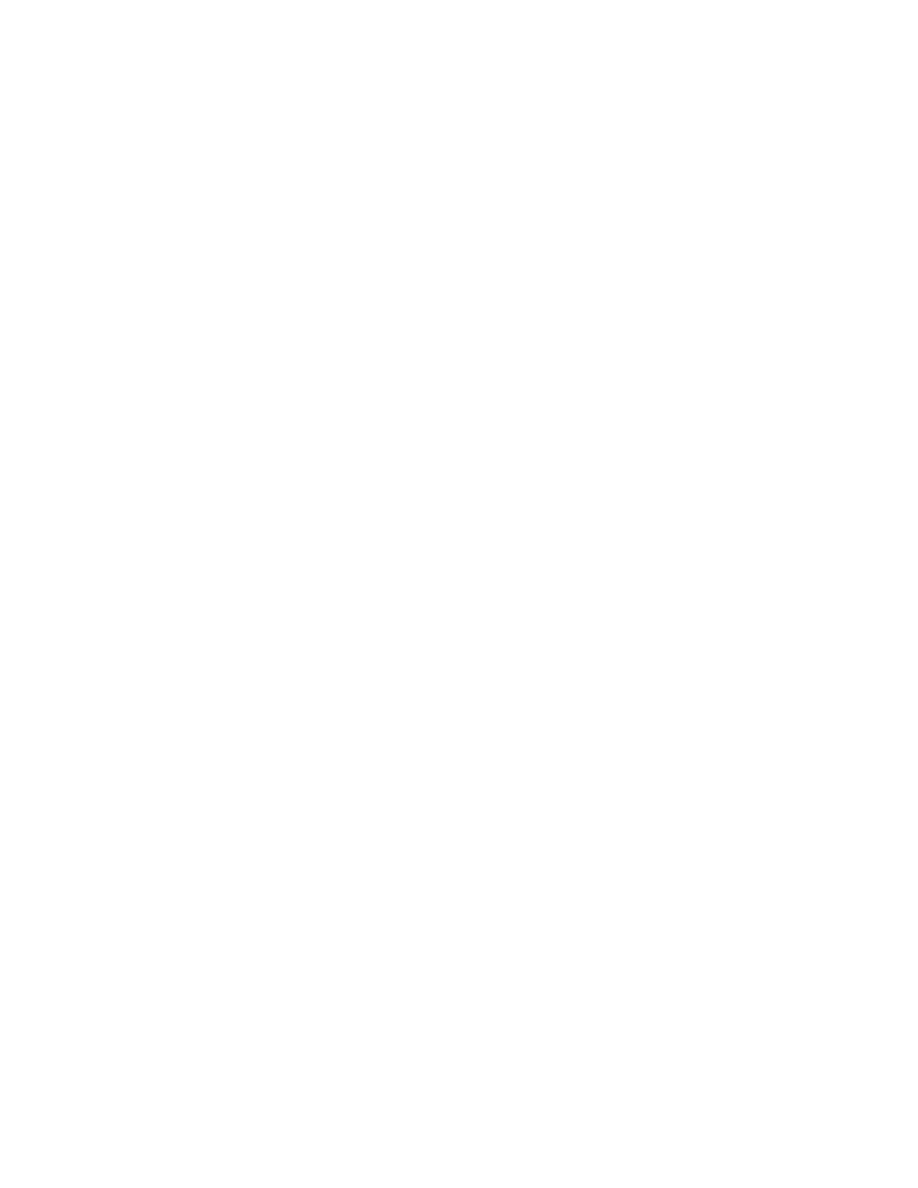
289
Federal Aviation Administration, DOT
§ 23.1111
may discharge where it will cause a
fire hazard.
(b) Each duct connected to compo-
nents between which relative motion
could exist must have means for flexi-
bility.
(c) Each flexible induction system
duct must be capable of withstanding
the effects of temperature extremes,
fuel, oil, water, and solvents to which
it is expected to be exposed in service
and maintenance without hazardous
deterioration or delamination.
(d) For reciprocating engine installa-
tions, each induction system duct must
be—
(1) Strong enough to prevent induc-
tion system failures resulting from
normal backfire conditions; and
(2) Fire resistant in any compart-
ment for which a fire extinguishing
system is required.
(e) Each inlet system duct for an aux-
iliary power unit must be—
(1) Fireproof within the auxiliary
power unit compartment;
(2) Fireproof for a sufficient distance
upstream of the auxiliary power unit
compartment to prevent hot gas re-
verse flow from burning through the
duct and entering any other compart-
ment of the airplane in which a hazard
would be created by the entry of the
hot gases;
(3) Constructed of materials suitable
to the environmental conditions ex-
pected in service, except in those areas
requiring fireproof or fire resistant ma-
terials; and
(4) Constructed of materials that will
not absorb or trap hazardous quantities
of flammable fluids that could be ig-
nited by a surge or reverse-flow condi-
tion.
(f) Induction system ducts that sup-
ply air to a cabin pressurization sys-
tem must be suitably constructed of
material that will not produce haz-
ardous quantities of toxic gases or iso-
lated to prevent hazardous quantities
of toxic gases from entering the cabin
during a powerplant fire.
[Doc. No. 4080, 29 FR 17955, Dec. 18, 1964, as
amended by Amdt. 23–7, 34 FR 13095, Aug. 13,
1969; Amdt. 23–43, 58 FR 18974, Apr. 9, 1993]
§ 23.1105
Induction system screens.
If induction system screens are
used—
(a) Each screen must be upstream of
the carburetor or fuel injection system.
(b) No screen may be in any part of
the induction system that is the only
passage through which air can reach
the engine, unless—
(1) The available preheat is at least
100
°
F.; and
(2) The screen can be deiced by heat-
ed air;
(c) No screen may be deiced by alco-
hol alone; and
(d) It must be impossible for fuel to
strike any screen.
[Doc. No. 4080, 29 FR 17955, Dec. 18, 1964; 30
FR 258, Jan. 9, 1996, as amended by Amdt. 23–
51, 61 FR 5137, Feb. 9, 1996]
§ 23.1107
Induction system filters.
If an air filter is used to protect the
engine against foreign material par-
ticles in the induction air supply—
(a) Each air filter must be capable of
withstanding the effects of tempera-
ture extremes, rain, fuel, oil, and sol-
vents to which it is expected to be ex-
posed in service and maintenance; and
(b) Each air filter shall have a design
feature to prevent material separated
from the filter media from interfering
with proper fuel metering operation.
[Doc. No. 26344, 58 FR 18974, Apr. 9, 1993, as
amended by Amdt. 23–51, 61 FR 5137, Feb. 9,
1996]
§ 23.1109
Turbocharger bleed air sys-
tem.
The following applies to
turbocharged bleed air systems used
for cabin pressurization:
(a) The cabin air system may not be
subject to hazardous contamination
following any probable failure of the
turbocharger or its lubrication system.
(b) The turbocharger supply air must
be taken from a source where it cannot
be contaminated by harmful or haz-
ardous gases or vapors following any
probable failure or malfunction of the
engine exhaust, hydraulic, fuel, or oil
system.
[Amdt. 23–42, 56 FR 354, Jan. 3, 1991]
§ 23.1111
Turbine engine bleed air sys-
tem.
For turbine engine bleed air systems,
the following apply:
VerDate Mar<15>2010
10:12 Mar 18, 2014
Jkt 232046
PO 00000
Frm 00299
Fmt 8010
Sfmt 8010
Y:\SGML\232046.XXX
232046
pmangrum on DSK3VPTVN1PROD with CFR